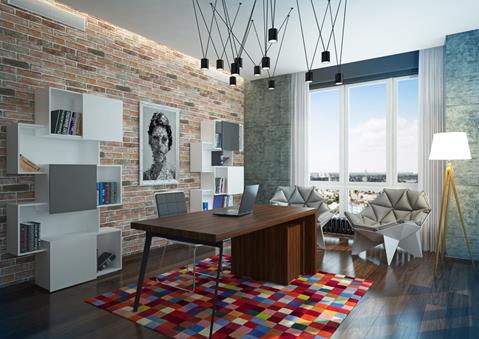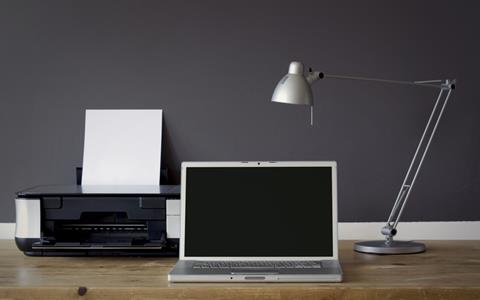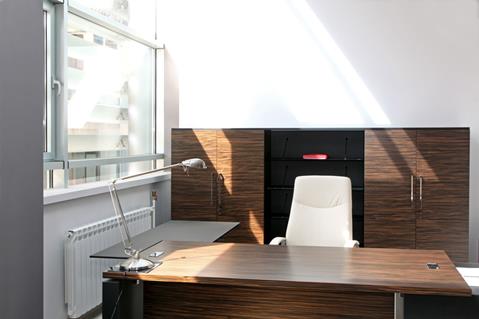Elements of a Good Home Office
Furnishings4 minutes read
8306 views
8306 views
Working from home offers an opportunity for real comfort and efficiency, but if the home-office is not organised, or isn't clearly separated from the home environment, productivity may be lost.
What’s the best thing about having your very own home office? That you can create your dream space and personalise it as much as you wish. So, make it a space that you love going to work every morning. Keep yourself motivated with family photos around you. Surround yourself with your favourite mood-lifting items. But first, here are the practical issues to think about to create a home office conducive to work.

Equip Yourself
Can you work sufficiently with a laptop? Or would you need to equip yourself with, say, a desktop and two computer monitors? These are questions to ask before you determine how much space you need. Consider also whether you need additional equipment such as storage units or filing cabinets. And make sure you have a comfortable office chair that provides proper lumbar support!

Making Space
By now, you would have determined that the dining table or the island unit in the kitchen is no longer suitable for work. Find the best solution for your home office. It could be as small as a corner in your bedroom or a room converted into a home office. Before you make the decision, determine how much space you would need for documents and references. Must they be stored such that you could pull them out frequently? Or can you stow them away in another part of the home? If you frequently require the use of a printer and work late into the night, a workspace in a shared bedroom can be disruptive for your partner.

Layout Options
Is it going to be a SOHO (Small Office/Home Office) where you expect to meet people from time to time in your home? A layout where your desk is placed like a traditional boss’s office is ideal. Place your desk away from the walls so that you’ll sit facing the door entrance. You can then have chairs for clients at your desk. Alternatively, aligning your workspace where you sit at the desk pushed against the wall is a space-maximising arrangement. It’s also easy to fit and adapt into an existing space.
Practical Issues
Look for a space with sufficient natural daylight. Using artificial lighting during the day only leads to additional operating costs that you’d have to bear. Your printer and office equipment should be in an easy-to-reach area. Avoid congesting the area so that it’s easy to refill paper and ink or deal with paper jams. Bear in mind too that office equipment need proper ventilation so that they can last longer.
Colour Options
The home office must be a space that keeps your motivation levels up. Colours are essential to creating a positive living environment. White and black is a foolproof colour for a home office. A great choice would be green hues such as olive and apple green, which are said by colour psychologists to boost concentration. Bright colours like red and orange may be counterproductive because they can be over-stimulating.
Fact Sheet
- Make a checklist of equipment you need. Invest in quality equipment that can last through the years.
- Before deciding on the workspace, consider your storage needs.
- Take note of the amount of natural light in your potential workspace.
- Layout, layout, layout. The layout of your workspace and office equipment must not restrict your movement.
- Choose colours that motivate you, but don’t overstimulate your mind.
Request for quotes and we'll match you with a selection of Interior Designers!
Previous
What To Look For In Your Interior Designer


 Sign Up with Google
Sign Up with Google

.jpg)